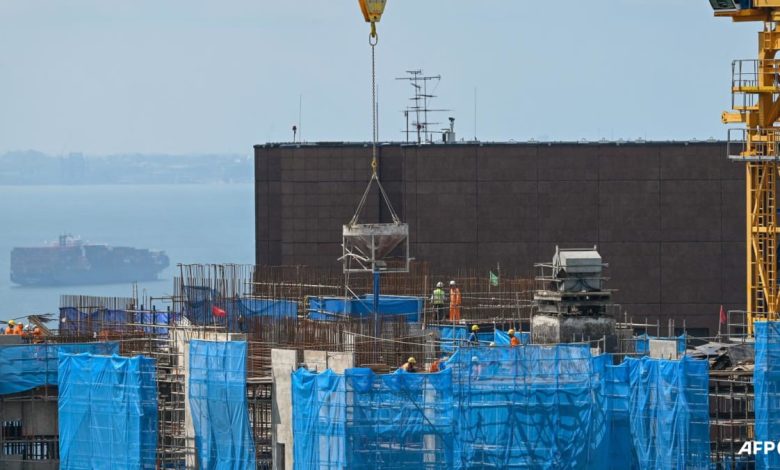Singapore’s workplace fatality rate for 1H2024 near last year’s record low; 19 deaths reported

SINGAPORE: Singapore’s workplace fatality rate for the first half of 2024 remained near last year’s record low, the Ministry of Manpower (MOM) said on Wednesday (Oct 9).
It stood at 1.0 per 100,000 workers for the January to June period, compared with 0.8 and 0.99 in the first and second half of 2023. There were 19 workplace fatalities in the first six months, up from the 14 cases over the same period last year.
One of Singapore’s workplace safety and health goals is to reduce the annualised fatal injury rate to below 1.0 per 100,000 workers by 2028. Last year was the first time Singapore reached the target, apart from 2020 when COVID-19 disrupted work.
When asked what the country’s next target would be, MOM said that it tries to strike a balance.
“Theoretically, we can introduce a lot more measures, I think, to drive it down from 1.0 to 0.8, to 0.7. But the key question is, at what cost,” said an MOM spokesperson, noting that it would be difficult to implement rules such as having someone supervise every piece of work done at a site.
The four OECD countries that consistently register low workplace fatality rates took decades to reach their current standards, he said. The Netherlands and the United Kingdom top the list with a three-year average rate of 0.4 per 100,000 workers.
“Do we have aspirations to drive (the rate) down to 0.4? We do have, but are we going to achieve it in the next two, three years? Realistically, it is very difficult,” he said.
Just one big accident involving multiple workers could bring the rate back up to 1.2 or 1.5 per 100,000 workers, he added.
TOP CONTRIBUTORS TO FATAL, MAJOR INJURIES
Construction, manufacturing and transportation and storage remained the biggest contributors to fatal and major injuries in the first half of the year, MOM said in its workplace safety and health report.
Fifty-four per cent of all fatal and major injuries took place in these three industries, though the figure is lower than the 63 per cent reported in the first half of 2023. There were improvements in construction and manufacturing, where measures such as video surveillance and a demerit point system weren introduced.
The number of Type A (higher fatality risk) and B (lower fatality risk) incidents both fell. There were 117 Type A incidents in the first half of the year, compared with 129 in the same period a year ago. For Type B incidents, the figure fell from 201 to 195.
The annualised major injury rate across all sectors was 16 per 100,000 workers, compared with 17.4 in the first half of 2023.

